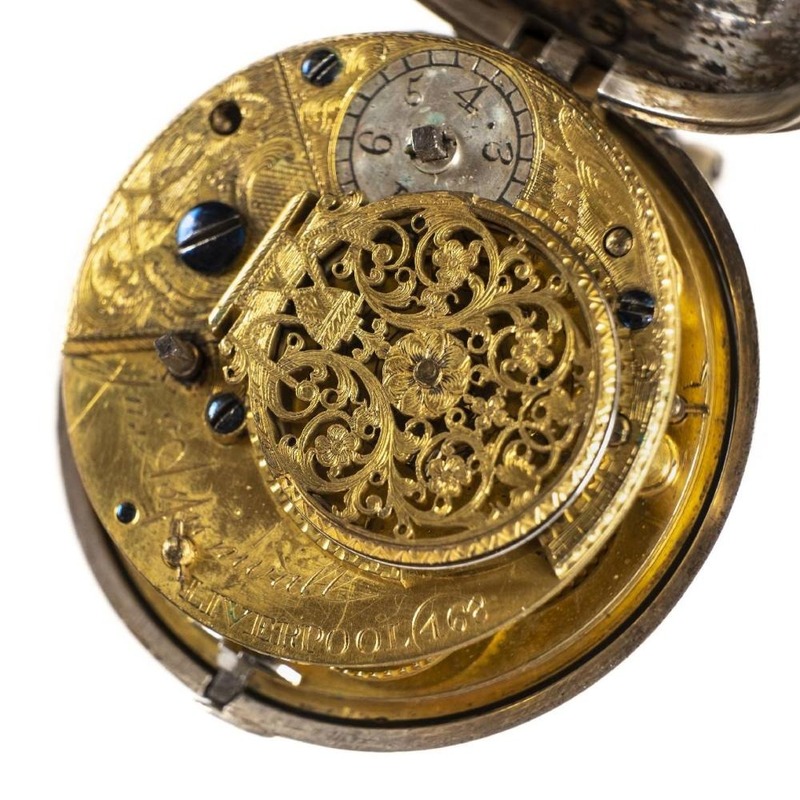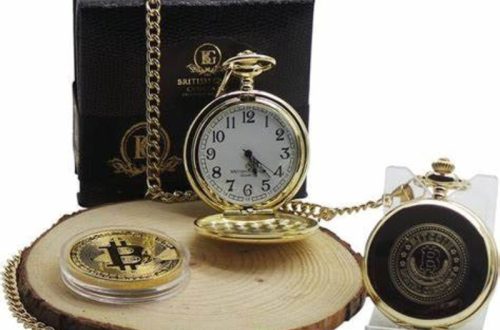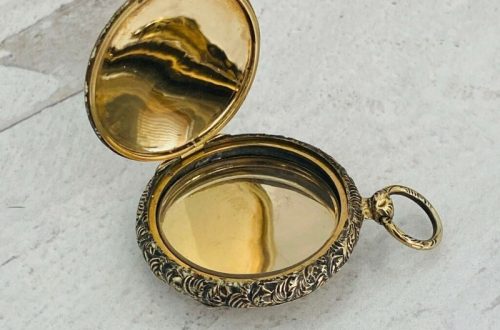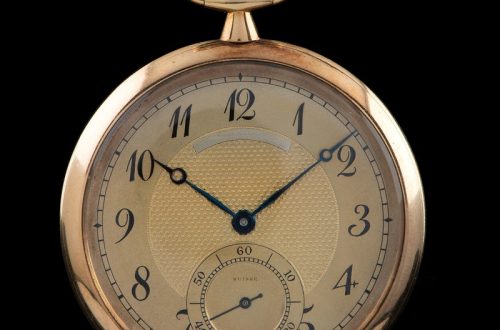The Origins of the Pocket Watch
The pocket watch, a symbol of sophistication, traces back centuries. It began as a luxury for the wealthy. Its invention was due to advancements in miniaturization techniques. Early models were more jewelry than timekeepers. They often featured ornate designs and meticulous craftsmanship. The 16th century saw the first emergence of the pocket watch. By the 18th century, pocket watches became more widespread and practical. They featured more accurate movements and simpler designs. This period marked a turning point in accessibility and popularity. The integration of the spring-driven mechanism was a major milestone. It allowed for smaller, more portable timepieces. This innovation led to the widespread use of the 18th century pocket watch.
Craftsmen and watchmakers played a critical role in its evolution. The pocket watch soon transcended its practical use. It became a personal statement and a display of craft and technology. The 18th century pocket watch laid the groundwork for modern timekeeping devices. Its development reflects a journey from ornament to essential tool. As we explore further, the artistry and cultural impact of these watches become evident.
The Evolution of Timekeeping: From Sundials to Pocket Watches
The path to precision in timekeeping was long and winding. It sprang from necessity. Societies needed to measure time. They started with basic tools like sundials. These relied on the sun’s shadow. Sundials marked time during the daylight hours. Yet, they were of no use at night or on cloudy days.
The thirst for more reliable methods sparked innovation. Water clocks came about. They used the flow of water to mark time. But these too had limitations.
It was then that the search for portable timekeeping began. Enter the era of the mechanical clock. Large and stationary at first, these devices soon shrank in size. Miniaturization made pocket watches possible. The 18th century pocket watch was a leap in this journey.
Early pocket watches were an improvement on prior methods. Yet, they were not just timekeepers. They were symbols of progress and personal style. They bridged the gap between practicality and ornamentation.
For the first time, time was truly portable. The 18th century pocket watch allowed individuals to carry time with them. This was groundbreaking. The pocket watch shifted how society viewed time. It was no longer tied to public spaces like town clocks. Instead, it became a personal companion.
Craftsmen pushed the boundaries of what was possible. They turned pocket watches into small masterpieces. These watchmakers were not just artisans, but also innovators. Their work set the stage for even more precise timekeeping. As a result, the 18th century pocket watch remains a milestone in the history of horology.

Highlighting Craftsmanship: The Artistry of 18th Century Pocket Watches
The 18th century marked a peak in pocket watch artistry. Watchmakers of the time were true artists. They infused every timepiece with unique character and finesse. These watches weren’t just tools; they were wearable art. Carved cases, enameled dials, and embellished hands were common. Each element displayed the maker’s skill.
Engraving was a standout feature. It turned simple covers into detailed scenes. Floral patterns, landscapes, and even portraits graced these tiny canvases. Some used precious metals and stones, showing off wealth and taste.
Dial painting was another key craft. It brought color and life to the watch face. These dials often featured intricate designs that required steady hands. The artistry was not just for show. It helped users read time more easily.
Balance was crucial in watch design. Makers blended function and decoration harmoniously. They made sure that every flourish had a purpose. This balance made the 18th century pocket watch a design classic.
The craftsmanship of these pieces inspires modern watchmakers. They look back to the 18th century for lessons in beauty and precision. Collectors also prize these watches. They see them as links to a bygone era of elegance.
Every 18th century pocket watch tells a story. These stories reflect the maker’s art and the wearer’s status. They also remind us of the relentless pursuit of perfection in craft.
18th Century Pocket Watches as Status Symbols
In the 18th century, the pocket watch was more than a timepiece; it was a symbol of one’s status. Wealthy gentlemen and nobility often flaunted their pocket watches to showcase their financial strength and social standing. The materials used in creating these watches—gold, silver, and sometimes even precious gemstones—reflected the owner’s affluence.
The 18th century pocket watch often had elaborate designs that attracted attention. They served as conversation pieces at social gatherings, signaling the wearers’ tastes and refinement. The intricate craftsmanship involved in each watch also spoke of the owner’s appreciation for art and the finer things in life.
The ownership of a pocket watch at this time was not widespread. Only those of considerable means could afford them. This exclusivity bolstered their status as luxury items and potent symbols of wealth and influence.
Masters of various trades, notably politicians, businessmen, and aristocrats, often received pocket watches as gifts. These gifts symbolized recognition and respect for their accomplishments or station.
A well-made 18th century pocket watch embodied the height of personal adornment and societal esteem. Wearers of these watches commanded attention and respect wherever they went. They were the influencers of their day, showcasing advancement in both personal style and technological innovation.
In summary, the 18th century pocket watch was a prestigious item. It indicated high social standing and served as a marker of elegance and sophistication.
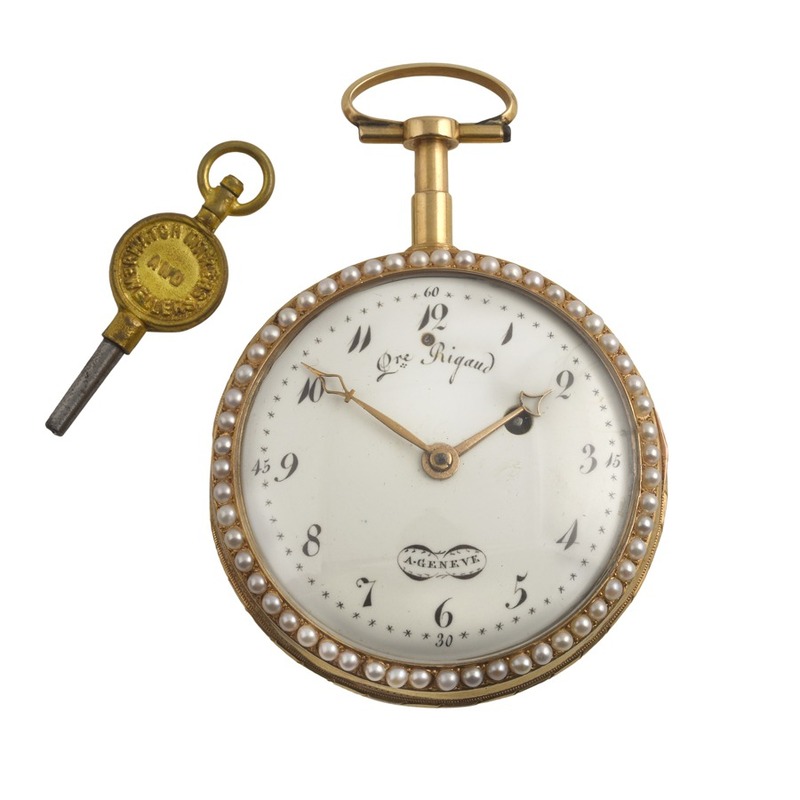
Key Innovations and Notable Watchmakers of the Era
The 18th century pocket watch saw remarkable advancements. Key innovations improved precision and design. Breakthroughs like the lever escapement made timekeeping more accurate. Watchmakers introduced jewels as bearings to reduce friction. This led to longer lasting, smoother mechanical operations.
Notable watchmakers stood out during this era. Their reputation grew with each groundbreaking creation. Among them was Abraham-Louis Breguet. He brought many contributions to watchmaking. Breguet mastered the automatic winding mechanism. His ‘Breguet overcoil’ hairspring improved balance wheel isochronism. This was a major step in the quest for accuracy.
Thomas Tompion was another prominent figure. He blended skill with innovation. He developed more reliable escapement mechanisms. Tompion’s work is still admired for its ingenuity and reliability.
John Harrison offered a solution to the problem of determining longitude at sea. His marine chronometers revolutionized navigation. They saved lives by allowing more precise sea travel.
George Graham left his mark too. This master invented the deadbeat escapement and the mercury pendulum. The former is notable for its contribution to timekeeping standards.
Each of these watchmakers left a legacy. They pushed the envelope of precision and style. Their work allowed the 18th century pocket watch to evolve. It became a true masterpiece of form and function. Collectors and enthusiasts still hold their creations in high regard today.
The Mechanisms and Features of 18th Century Pocket Watches
The 18th century pocket watch mirrored technical brilliance. Its mechanisms were not simply for timekeeping. They embodied precision, ingenuity, and the era’s innovative spirit.
Pocket watches from the 18th century had distinct features. They included the verge escapement, the earliest mechanism. This part controlled the watch’s ticking speed, dictating time accuracy. Next, the fusee came along. This cone-shaped device ensured a steady flow of power to the watch’s gears.
Watch faces had varied designs but often featured Roman numerals. Many included a single hour hand, with minute hands becoming more common as the century progressed. Some higher-end models boasted additional complications like moon phase indicators or calendars.
Most pocket watches of this era required daily winding by hand. This was part of the owner’s daily ritual, emphasizing the bond between user and device.
Materials used in these pocket watches were top-notch. Watchmakers crafted cases from precious metals such as gold and silver. Craftsmen often topped them with engraved or painted outer cases for protection and aesthetics.
The glass covering the watch face was typically made from bull’s-eye glass. It was slightly convex and magnified the watch face slightly. This made the watch easier to read.
Jewels were used in some pocket watches, but not for decoration. They functioned as bearings. They reduced wear on the moving parts, thus enhancing the watch’s longevity and accuracy.
The meticulous design of the 18th century pocket watch reflects a high point in horological history. These features set the stage for modern watches. Collectors and watch enthusiasts still marvel at the ingenuity and craftsmanship of these historical devices. Each pocket watch from the 18th century tells a tale of ingenuity, luxury, and time itself.
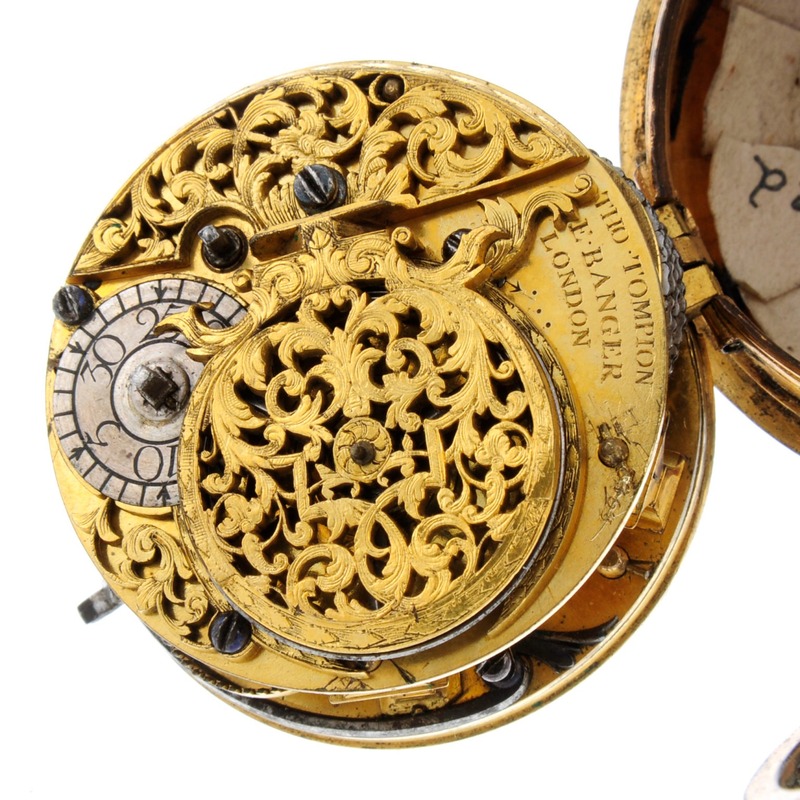
Collecting Vintage Pocket Watches: A Modern Hobby
The practice of collecting 18th century pocket watches has become a modern pastime. Enthusiasts of vintage timepieces find joy in the history and craftsmanship of each watch. Often, they view these watches as investments. They are not just collectibles, but also pieces of art that can appreciate in value.
Collectors often begin by choosing a specific era or style that fascinates them. For many, the allure lies in the 18th century pocket watch. Its intricate designs and historical significance fuel their interest. They seek watches with unique features, like unusual cases or notable complications. Some favor items linked to prominent figures or landmark innovations of the time.
Networking with other collectors is a big part of this hobby. It opens doors to trade shows, auctions, and private sales. Each event is an opportunity to learn and possibly acquire new pieces for their collections. Collectors also join clubs or online forums dedicated to pocket watch enthusiasts. Here people share knowledge, tips for care and restoration, and trade secrets.
Maintaining a collection involves patience and care. Vintage pocket watches may need regular maintenance. This can include cleaning or repair by specialty horologists. For collectors, the maintenance of these timepieces is part of the enjoyment. It connects them to the craft and tradition of watchmaking.
In conclusion, collecting 18th century pocket watches is a pursuit that combines passion, history, and investment. With each watch, collectors hold a fragment of the past. They delight in the storytelling each piece carries, all while contributing to the preservation of horological heritage.
Preserving History: The Restoration and Care of Antique Pocket Watches
The art of restoring and caring for 18th century pocket watches is a delicate task. It calls for a deep understanding of the timepiece’s inner workings and an appreciation for its historical value. Collectors and restorers approach this work with reverence for tradition and detail. Here are key aspects involved in the conservation of these antique treasures.
The Restoration Process
Restoration begins with a thorough assessment of the pocket watch’s condition. Specialists look for signs of wear or damage. They then devise a plan for repair, aiming to retain as much of the original material as possible. Cleaning is performed with great care, using solutions safe for delicate mechanisms. The goal is to bring back the watch’s functionality without compromising its integrity.
Replacing worn-out parts is often necessary. However, finding authentic components can be challenging. Restorers may need to custom-make parts to match the originals. Precision is paramount when reassembling the watch to ensure it keeps time accurately once again.
Care and Maintenance
Regular maintenance is vital to an antique pocket watch’s longevity. Owners need to wind their watches carefully and routinely. They should also avoid exposing the watches to moisture and extreme temperatures. A soft, dry cloth is enough to keep the exterior looking its best.
For collectors, proper storage is also crucial. To protect their 18th century pocket watches from dust and damage, a safe, clean place is necessary. Some opt for special cases that showcase the watch while shielding it from harm.
Expert Consultation
Working with experts in the field of horology is key. These professionals offer guidance on both restoration and care. Their expertise ensures that sensitive repairs are completed without further damage. They can also provide tailored advice on how to best preserve a pocket watch’s unique character.
In sum, preserving 18th century pocket watches honors the craft of watchmaking. It’s a blend of art and science, requiring skill and patience. For enthusiasts, the result of a well-maintained watch is a piece of history that ticks on, echoing the legacy of its era.
